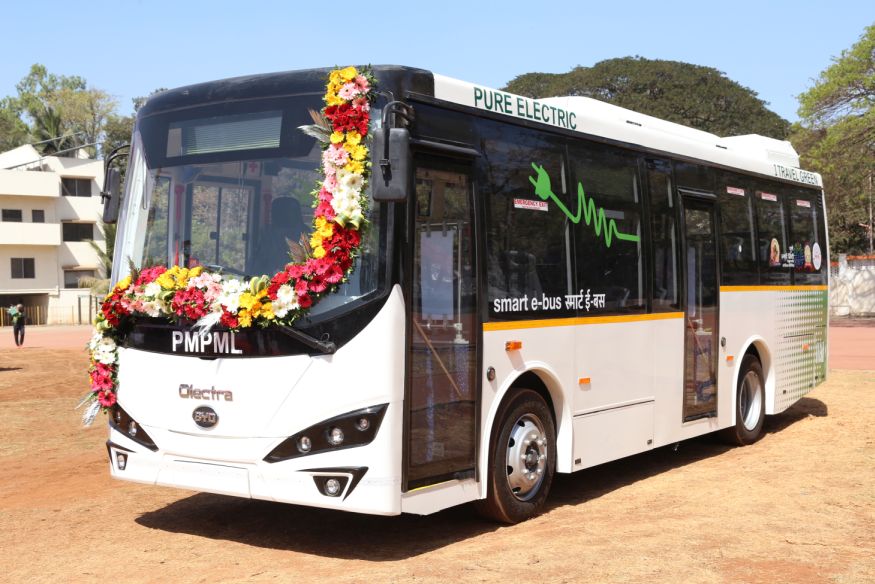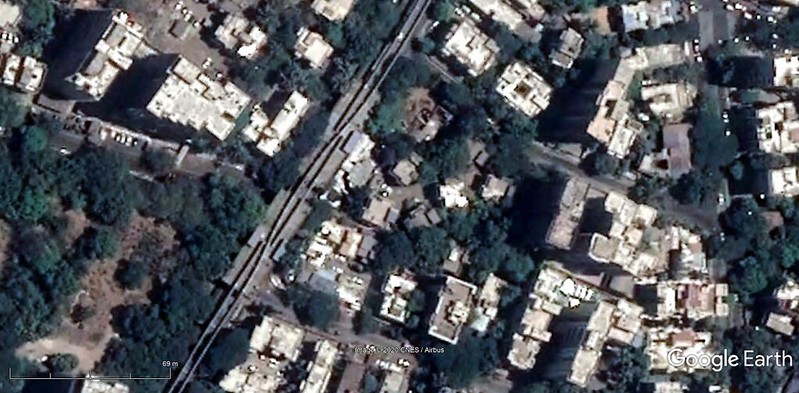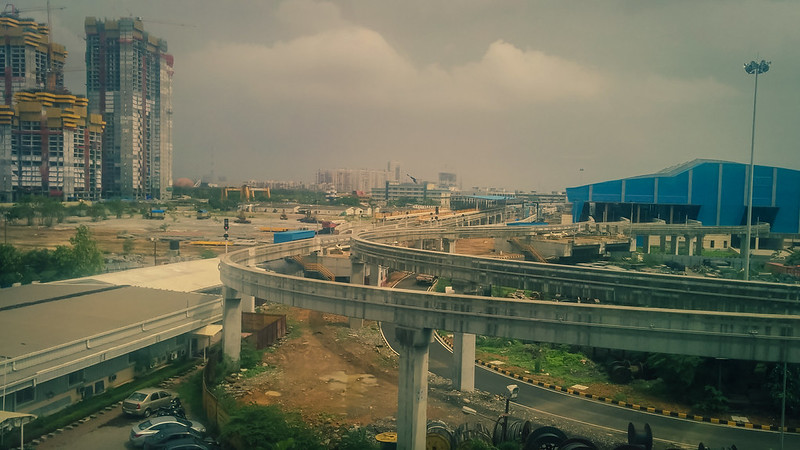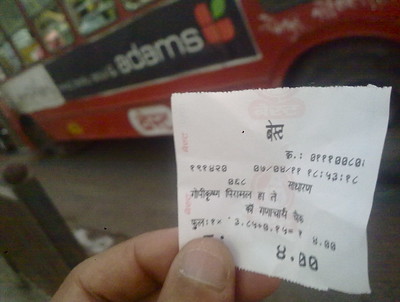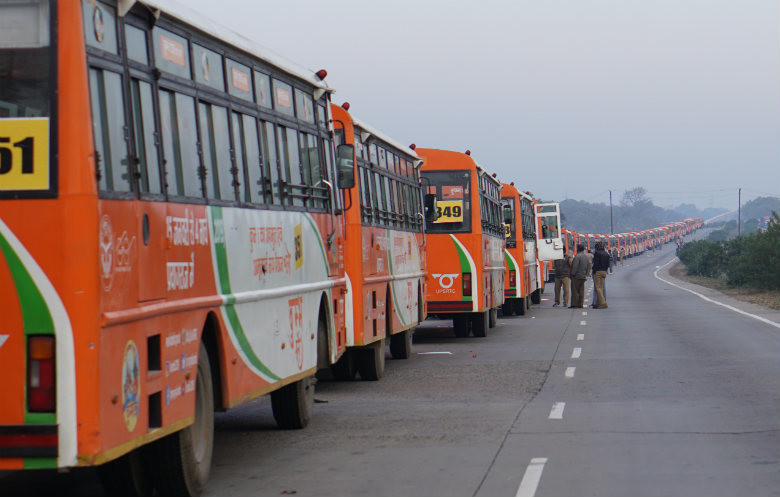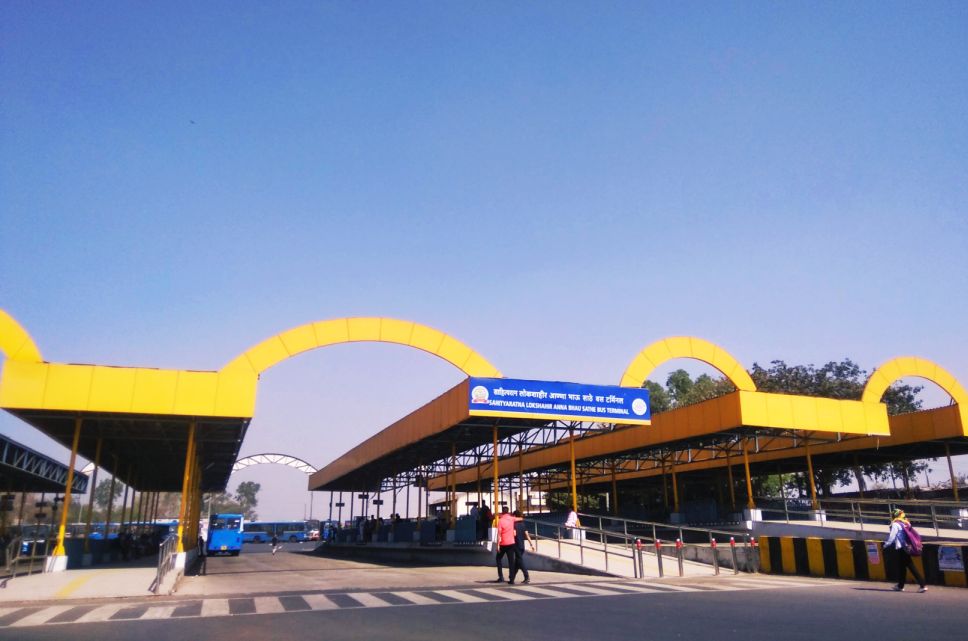I’m sorry for the lack of posts in the last few days. I’ve actually been drafting slightly longer articles for you guys over the last three weeks. Anyway, just so that you don’t forget who I am, here is another post.
Pune has a large fleet of electric buses. (I travelled in them in February 2020, and I’ll share a review of it soon). These buses are owned by the Pune Smart City Development Corporation Limited (PSCDCL) and operated by the Pune Mahanagar Paricahan Mahamandal Limited (PMPML). One lot belongs to the Nigdi Bhakti Shakti Depot and the other lot the the Hadapsar Bhekrai Nagar Depot.
Here is a set of them parked and charging at the Bhekrai Nagar Depot in Hadapsar. The picture was clicked by Purvesh Chithore.
Looks cool eh? Here is a picture of them at night:
Do follow Purvesh here: @chitz_o_graphy.
The Electric buses are being charged under the canopy that is visible in white colour.
Featured Image: PMPML Electric Bus (PSCDCL)
![]()
